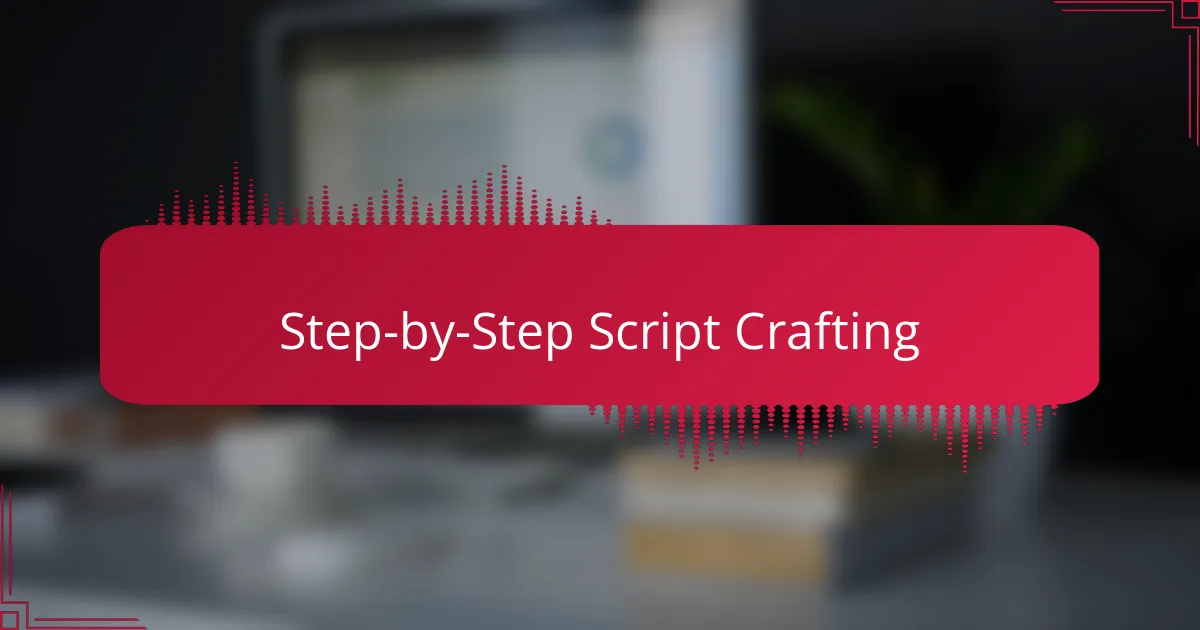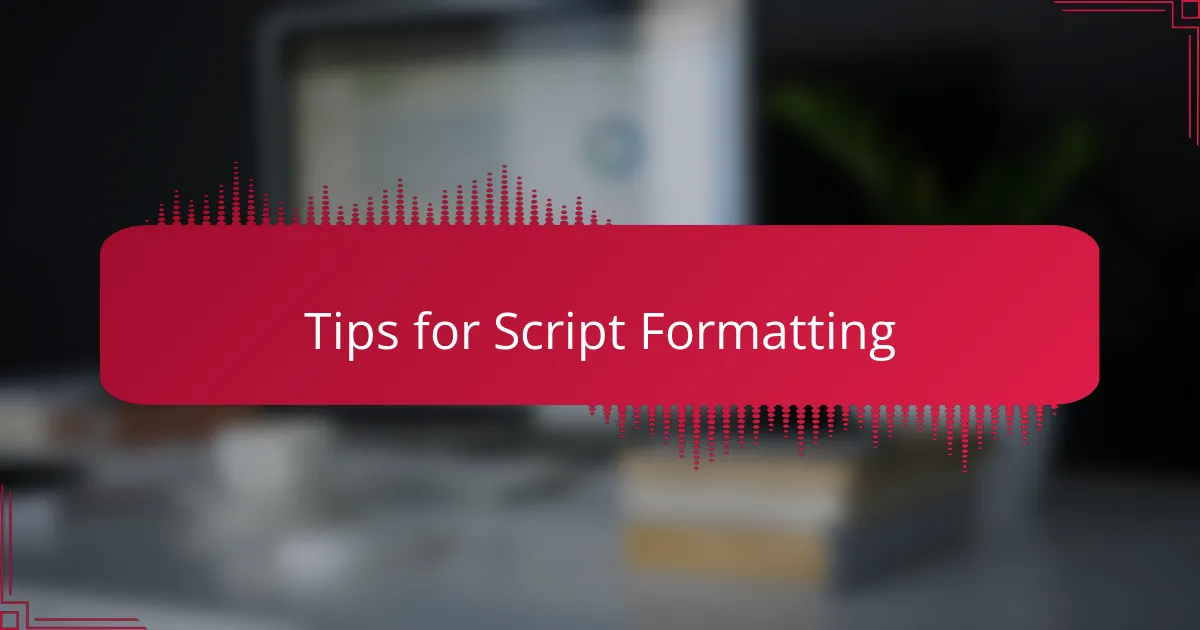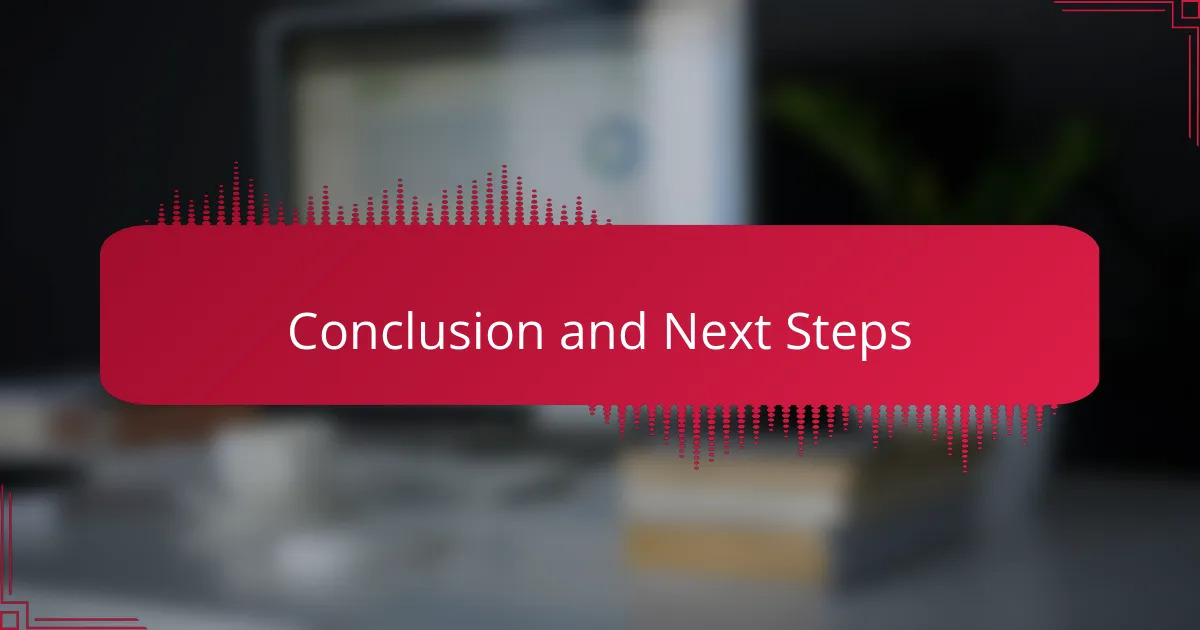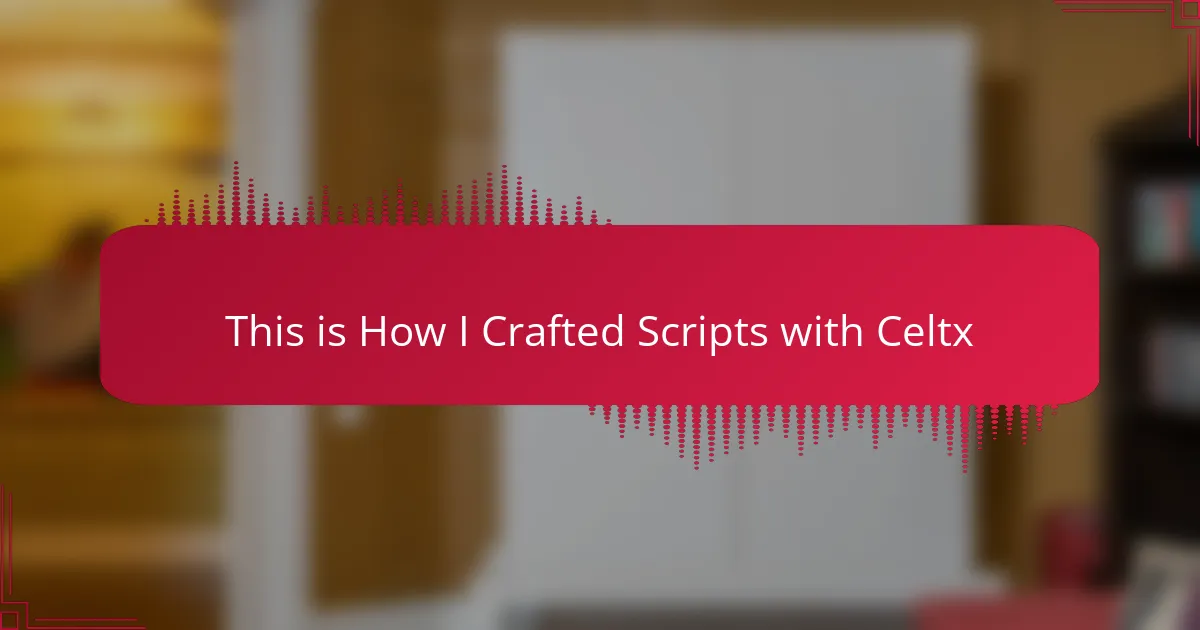Key takeaways
- Effective comic book scripting requires clear panel descriptions, authentic dialogue, and concise action lines to enhance visual storytelling.
- Celtx offers valuable features like character profiles and real-time collaboration to streamline the scriptwriting process and maintain consistency.
- Step-by-step crafting, attention to formatting, and integrating feedback are essential for creating engaging and professional scripts.
- Embrace revisions and share drafts with peers to unlock new ideas and improve your storytelling. Creativity flourishes in an environment of flexibility.

Introduction to Comic Book Scripts
When I first ventured into the world of comic book writing, I quickly realized that crafting a script was like orchestrating a symphony. Each panel, dialogue, and action needs to flow harmoniously to create a captivating story. Using Celtx was a game changer for me, allowing my creativity to take center stage while it handled the formatting.
Throughout my journey, I learned that a well-structured script serves as a blueprint for the entire project. Here’s what I found essential when creating comic book scripts, especially when utilizing Celtx:
- Panel Descriptions: Clearly describe each panel to guide the artist’s vision.
- Dialogue: Write authentic and engaging dialogue that reflects the characters’ personalities.
- Action Lines: Keep them concise; they should enhance the visual storytelling without overwhelming the reader.
- Transitions: Use effective transitions between scenes to maintain the story’s pace and tone.
- Page Numbering: Always number your pages for easy navigation during collaboration.
- Character Development: Focus on building your characters through their words and actions; the reader should connect with them deeply.
- Revisions: Don’t hesitate to edit your script; sometimes, your best ideas emerge during the refining process.
These elements not only streamline the collaboration process but ensure your comic resonates with readers, just as I learned to do over time.

Understanding Celtx Software
Celtx is more than just a scriptwriting tool; it’s like a creative partner that helps you visualize your entire project. I remember the first time I opened it—I was impressed by the user-friendly interface that allowed me to dive straight into writing without getting bogged down in formatting. It’s designed specifically for creators like us, which makes it easier to focus on storytelling rather than the technical details.
One feature that stands out to me is its ability to organize your comic book elements efficiently. For instance, when I worked on a complex storyline, the character and location databases kept everything at my fingertips. Have you ever struggled to keep track of details across multiple pages? With Celtx, you can link your characters to specific scenes, ensuring consistency and continuity.
What truly makes Celtx special is its collaborative capabilities. I can still recall sharing my script with an artist for the first time using their cloud features; it felt like a breakthrough moment! Being able to make real-time changes and receive instant feedback made the process not just smoother but also more enjoyable. How could anyone resist such a helpful platform when writing?

Key Features of Celtx
Celtx offers a variety of key features that can streamline the comic book writing process. One of the standout aspects for me is the integrated storyboarding tool. It allows you to visualize your panels alongside your script, making it easier to understand how the story unfolds visually. Have you ever found it challenging to picture how a scene would look? With Celtx, I could sketch rough ideas directly into my scripts, which made the collaboration with artists feel much more cohesive.
Another feature that I find invaluable is the character profile manager. I remember working on a comic with a large cast, and keeping track of each character’s traits and relationships was a daunting task. Celtx provides dedicated sections for character development, ensuring I never lost sight of their backgrounds or personality arcs. It’s such a relief to have everything organized; it feels like having a personal assistant dedicated to character continuity!
Finally, I can’t stress enough how much the revision history feature has improved my writing process. There were times when I would make changes late into the night, only to wake up regretting them. With Celtx, I can easily revisit previous versions of my scripts and see what worked best. How reassuring is it to know that my creative process is flexible, and I don’t have to fear making changes? It’s this kind of thoughtful design that keeps me coming back to Celtx time and again.

Step-by-Step Script Crafting
When I first started crafting scripts with Celtx, I found the step-by-step process both exciting and a bit daunting. With its user-friendly interface, I was able to break down my ideas into manageable parts, which helped me avoid feeling overwhelmed. Each step became a mini-victory, from developing characters to structuring dialogue.
The key elements that I focused on included:
- Character development: Flesh out their motivations and personalities.
- Plot outlining: Create a backbone for your story that guides your narrative flow.
- Dialogue crafting: Use Celtx’s format tools to polish conversations and maintain character voice.
- Scene settings: Visualize scenes clearly to enhance the storytelling experience.
- Feedback incorporation: Share drafts and refine them based on input from trusted sources.
I remember the relief I felt when a friend said they could hear my character’s distinct voice in the dialogue I had created—little moments like that fueled my passion for scripting.

Tips for Script Formatting
When it comes to script formatting in Celtx, precision is key. I remember when I was first getting the hang of it; I spent hours fiddling with formatting options, wanting everything to look just right. A well-formatted script doesn’t just look professional; it guides the reader smoothly through your story, making it easier for them to visualize each scene.
Here are some crucial tips to keep in mind while formatting your script in Celtx:
- Use proper scene headings: Always start with a clear indication of the location and time to set the scene effectively.
- Stick to standard margins: This ensures that your script aligns with industry standards, making it reader-friendly.
- Limit action lines: Keep them concise; long descriptions can lose the reader’s attention.
- Character names: Center them above dialogue to make it unmistakably clear who is speaking; I learned the hard way how confusing this can be.
- Consistent font: Use a standard font like Courier to maintain uniformity; this is a norm in the industry.
- Use transitions thoughtfully: They can help convey your pacing, but be cautious not to overuse them.
By integrating these tips into your script development process, you can elevate the clarity and professionalism of your work.

Personal Experiences with Celtx
I’ve had my fair share of trial and error while using Celtx, but some experiences stand out vividly. One time, while I was writing a pivotal scene for a superhero comic, I found myself stuck on how to convey a character’s emotional turmoil. Celtx allowed me to play around with the dialogue formatting, enabling me to separate thoughts and feelings within the action lines. It was like unlocking a new perspective! Have you ever experienced that moment when everything clicks? That’s exactly how it felt.
As I continued to explore Celtx, I discovered the importance of the character profile feature. I remember working on a series with multiple protagonists and complex relationships. Tracking their development was overwhelming at first. However, when I started using the profile tool, I felt a wave of relief wash over me. It allowed me to delve deeper into their backgrounds, and suddenly, they came alive on the page. How rewarding is it to see your characters evolve while you write?
There was also a time I faced a tight deadline for a submission. I was anxious; how would I manage the script and still maintain quality? The revision history in Celtx became my lifesaver. I could experiment with different dialogue options without the dread of permanent mistakes. Knowing I could revert to earlier drafts gave me the freedom to refine my work. Have you found a feature that gives you that extra boost of confidence during a crunch? For me, revisiting past versions turned a stressful situation into a productive challenge.

Conclusion and Next Steps
Reflecting on my journey with Celtx, I can genuinely say it transformed my approach to crafting comic scripts. As I pieced together my stories, each character and scene finally clicked into place. I realized that my script was not just a plan but a living document guiding not only my work but also my collaborators. Have you felt that magic when everything aligns?
Looking ahead, I encourage you to dive into Celtx with an open mind. Take the time to explore its features, play with your ideas, and embrace the revisions. I can’t tell you how many times tweaking a line or adding a small detail reshaped my narrative entirely. Don’t shy away from making those changes. After all, creativity thrives in an environment of flexibility.
As you embark on your scriptwriting journey, remember to share your drafts with trusted peers. The feedback I received often opened my eyes to new possibilities. Engaging with others can provide invaluable insights that enhance your work. So, what’s your next step? Take that leap—you might be surprised by where your creativity can take you!
